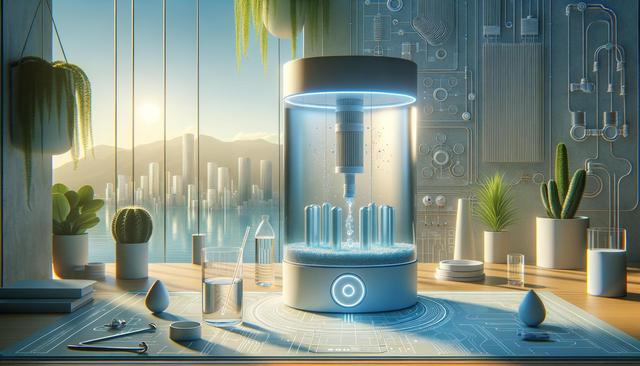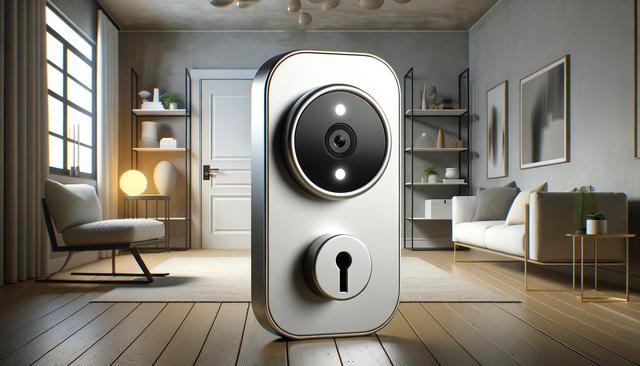Emerging Trends in Water Purification Technology
In 2025, the landscape of water purification is being reshaped by innovative technologies that offer improved performance and user convenience. One of the most prominent developments is the integration of smart technology into filtration systems. These smart purifiers can now monitor water quality in real time, alert users when filters need to be changed, and even adjust purification levels automatically based on detected contaminants. This not only enhances safety but also optimizes energy and water usage.
Another key trend is the adoption of advanced filtration media such as nanofiber membranes and hybrid filtration systems. These materials are capable of removing a wider range of contaminants including microplastics, pharmaceuticals, and heavy metals, which are increasingly found in municipal water supplies. Additionally, UV-C LED disinfection is becoming more common, offering chemical-free pathogen elimination in compact and energy-efficient designs.
Consumers can expect to see more systems featuring:
- Multi-stage filtration for comprehensive contaminant removal
- Modular designs allowing for easy upgrades and maintenance
- Integration with home automation platforms
These innovations point toward a future where water purification is not only more effective but also more tailored to individual household needs.
Environmental Sustainability and Eco-Friendly Designs
With increasing awareness about resource conservation, water purifiers and filters in 2025 are placing a stronger emphasis on environmental sustainability. Manufacturers are focusing on reducing waste by designing reusable or recyclable filter cartridges. Some systems now feature replaceable filter cores rather than single-use cartridges, significantly cutting down on plastic waste.
Energy-efficient operation is also a top priority. Gravity-based and non-electric purifiers are being refined to deliver reliable performance without relying on electricity. Where power is required, new models are being optimized to consume less energy, making them suitable even for off-grid or low-resource environments.
Eco-conscious consumers will appreciate features like:
- Low-waste filter replacements
- Biodegradable components
- Water-saving reverse osmosis systems with improved recovery ratios
These efforts are aligned with global sustainability goals and help homeowners reduce their ecological footprint while ensuring access to clean water.
Health and Safety Benefits for Modern Households
Safe drinking water remains a fundamental need, and in 2025, water purifiers are better equipped to address a diverse array of health concerns. With the rise in waterborne diseases and the discovery of new pollutants, filtration systems now target a broader spectrum of contaminants. This includes not only bacteria and viruses but also chemical pollutants like chlorine, fluoride, and emerging contaminants such as PFAS (per- and polyfluoroalkyl substances).
Health-conscious households benefit from:
- Improved taste and odor removal for better hydration habits
- Allergen and particulate reduction for sensitive individuals
- Customizable filtration settings for specific health needs
Some systems even offer mineralization options, which add beneficial minerals such as calcium and magnesium back into the water. This helps in balancing pH levels and enhancing the nutritional value of drinking water, especially important for families with children or elderly members.
Affordability and Accessibility Improvements
One of the positive shifts in the water purifier market is the growing focus on affordability and accessibility. Thanks to advances in manufacturing and increased competition, high-quality filtration systems are becoming more attainable for a wider range of consumers. Entry-level models with adequate filtration capabilities are now available at lower price points, while premium systems offer flexible financing options.
Additionally, many new purifiers are designed for easy installation and maintenance, reducing the need for professional services. DIY-friendly systems with color-coded filters and tool-free assembly cater to renters and homeowners alike. Portable and countertop models are also gaining traction, offering effective filtration for those in apartments or shared housing.
This democratization of clean water access is driven by features like:
- Subscription-based filter replacement services
- Compact units for small living spaces
- Free mobile apps for filter tracking and water quality monitoring
As a result, more people can now enjoy the benefits of clean, safe drinking water regardless of their budget or living situation.
What to Look for When Choosing a Water Purifier in 2025
With so many options available, choosing the right water purifier in 2025 can feel overwhelming. However, understanding your specific water quality issues, household needs, and long-term maintenance preferences can guide your decision. Start by identifying the contaminants present in your local water supply, which can often be found in municipal water reports or tested independently.
Next, consider the type of system that fits your lifestyle. For example:
- Reverse osmosis units for comprehensive purification
- Activated carbon filters for taste and odor improvement
- UV purifiers for additional biological protection
Also, evaluate factors such as filter lifespan, cost of replacement parts, and the system’s compatibility with your plumbing setup. Smart features can be a valuable bonus, especially for tech-savvy users looking to automate maintenance reminders and track consumption patterns.
Ultimately, the best choice is one that balances efficacy, ease of use, and sustainability while addressing your household’s unique water concerns.
Conclusion: Adapting to the Future of Water Filtration
As water quality challenges continue to evolve, so too do the solutions provided by modern purifiers and filters. In 2025, consumers have access to a diverse and innovative range of water treatment options that support health, convenience, and environmental responsibility. Whether you’re upgrading an existing system or purchasing your first unit, staying informed about new technologies and features will help you make a well-rounded decision. With thoughtful selection, you can ensure your household enjoys clean, safe, and great-tasting water for years to come.


